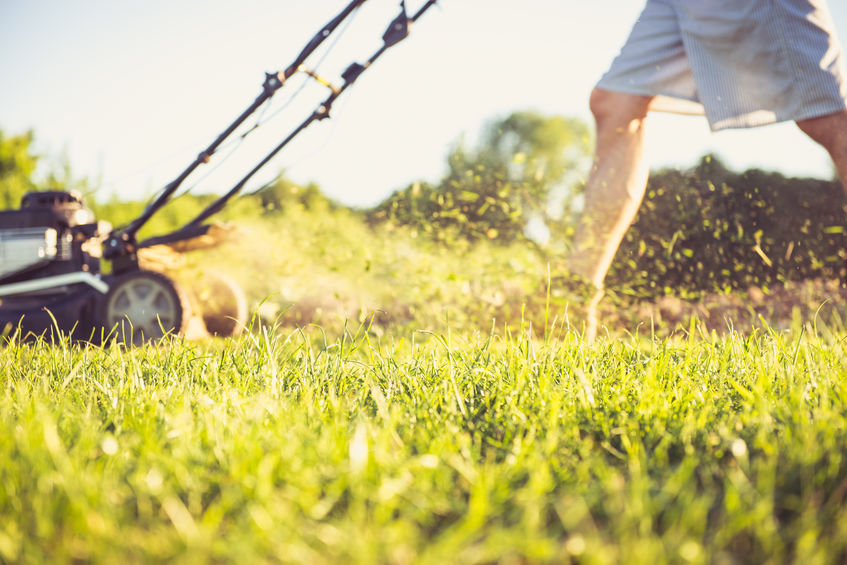Grasscycling refers to the practice of recycling grass clippings by leaving them on the lawn after mowing. Grass clippings are comprised of 80-90% water and decompose quickly, returning valuable nutrients back to the soil.
Benefits of grasscycling:
- Saves time and effort. No need to collect, bag, and dispose of grass clippings.
- Reduces water use. Grass clippings are mostly water and as it breaks down after being freshly cut, it slows water evaporation from the soil, keeping moisture in the ground.
- Reduces the need for fertilizer. As grass clippings decompose, they return valuable nutrients like nitrogen, potassium, and phosphorus back into the soil, acting as a natural fertilizer.
Tips for successful grasscycling:
- Lawn mower blades must be sharp. Dull blades tend to tear grass, making the lawn more susceptible to disease and discolouration.
- The ideal height for grass is between 2.5 to 3 inches. When mowing your lawn, remove no more than 1/3 of the grass blade.
- Try to mow only when grass is dry. Do not cut grass during a drought or when grass is wet.
Can grasscycling cause thatch build-up?
No. Thatch build-up is an intermingled layer of stems, crowns, and roots, which accumulates between the soil and grass blades. The organic debris that makes up thatch tends to decompose slowly whereas grass clippings, being mostly composed of water, decompose quickly. Factors such as poor aeration and drainage can contribute to thatch build-up.
which accumulates between the soil and grass blades. The organic debris that makes up thatch tends to decompose slowly whereas grass clippings, being mostly composed of water, decompose quickly. Factors such as poor aeration and drainage can contribute to thatch build-up.
Does grasscycling cause lawn disease?
No. Improper watering and use of fertilizer are the primary causes of lawn disease.
Will grasscycling make my lawn look less attractive?
No. Grasscycling is a good practice in producing a healthier-looking lawn by returning nutrients back into the soil. However, if a lawn is not mowed often enough, and long grass clippings are left on the lawn, this can result in a "hay-like" appearance which can be unsightly. Remember, when mowing your lawn, remove no more than 1/3 of the grass blade.
Are there alternatives to grasscycling?
Yes. Grasscycling is not always possible due to various situations such as prolonged wet weather, infrequent mowing, and excessive lawn growth. In these types of situations, it is recommended that thin layers of grass clippings be added to your backyard composter. Allow grass clippings to dry in the sun before adding to your composter.